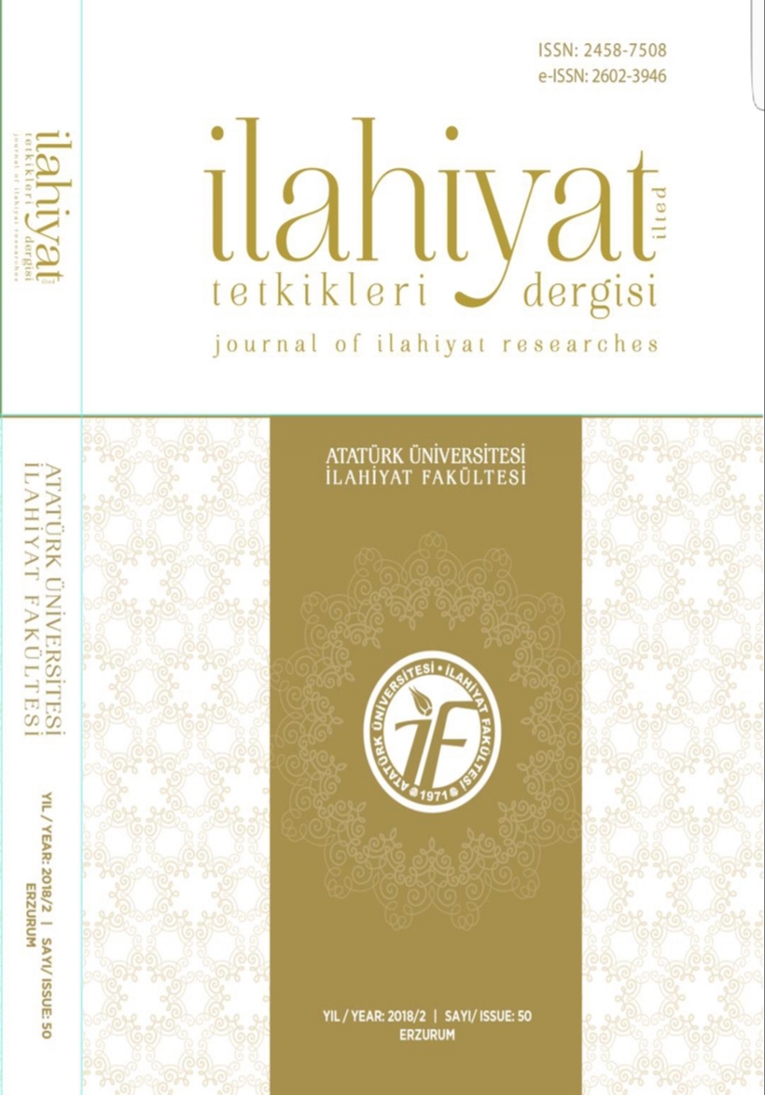Dinî ve İlmî Birikimin Divan Şiirindeki İzdüşümleri
Footprints of Religious and Scholarly Accumulation in Diwan Poetry
Author(s): Necdet ÇağilSubject(s): Studies of Literature, Theology and Religion
Published by: Atatürk Üniversitesi İlahiyat Fakültesi
Keywords: diwan literature; Comprehensive Principle; Proverb; Advice; Metaphor; Simile; Science;
Summary/Abstract: Tongue is the most effective tool granted to mankind, which serves to communicate with the entire universe and to share our feelings and thoughts. It is a well-known fact that, poetry has an exceptional place and significance among the word structures shaped by the tongue. Since the very ancient times, poetry has been a most efficient means of communication which enabled the mankind to express their feelings and thoughts in the most effective way. So much so that, the majority of mythical epics - which have undertaken an important role in conveying the old civilizations and historical remains- have been arranged in a poetic form. Moreover, it is known by the researchers that some holy scriptures contain passages of poetic nature. We also know that the poetry has got a lot of diverse literary forms and different styles. In this study, we endeavored to set forth some considerations upon the adages, aphorisms, advice and some scientific references, reflected by our diwan poetry -which was entirely based on prosody- upon the society with a view to directing and illuminating them. Diwan poetry was based on a grand artistic understanding and rich knowledge, whose most prominent feature is having a wide range of aphorisms and advice which include golden rules for the human life. Almost all of those aphorisms and advice are in no ways fictional fantasies or scenarios, but rather, they are accumulated acquisitions inspired from socio-cultural realities of past and present. In our study, we exemplified pieces of diwan poetry, mainly in Turkish and Arabic languages, and a bit of Persian verses. In this regard, we divided it into three main parts; the first part investigates the verses in which the generalization comes in the first line and illustration comes in the second line; while the second part deals with verses in which the illustration comes in the first line and generalization comes in the second line; and the third part deals with the verses which make a reference to some sciences and disciplines.
Journal: İlahiyat Tetkikleri Dergisi
- Issue Year: 2018
- Issue No: 50
- Page Range: 135-159
- Page Count: 25
- Language: Turkish

